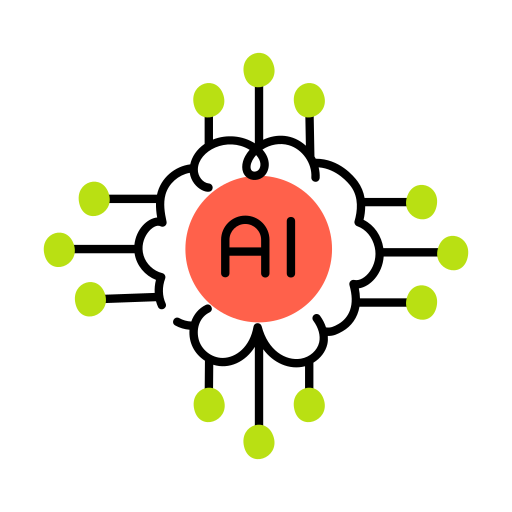Top Benefits of Live Project Training for Students

Have you ever wondered why some candidates get hired right after their course while others struggle despite having the same qualifications? If you’re nodding yes, you’re not alone and you’re absolutely right to think something more is needed. The difference often lies in one thing: Live Project Training.
If you’re someone who’s genuinely curious about how live project training benefits students and why it’s being highlighted by almost every top institute, you’re in for some clarity. By the end of this blog, you’ll know how these hands-on experiences develop job-ready skills, prepare you for the real world, and make your resume stand out.
In this blog we’ll start by explaining what it really means to work on a live project, then move on to why students should consider joining such training as part of their learning journey. You’ll also know why SURESH IT-best Information Technology institute in Hyderabad, is your best choice for career-focused and practical learning.
WHAT IS LIVE PROJECT TRAINING?
Live project training is exactly what it sounds like i.e., working on real-time projects, often under the guidance of industry professionals, during or after your course. Instead of learning concepts in isolation, you apply them to actual projects like web applications, automation tools, database systems, or cloud deployments. It’s like going from watching driving tutorials on YouTube to finally getting behind the wheel.
This is more than just an internship. It’s structured, skill-focused, and directly related to what companies expect from fresh graduates.
TOP REASONS WHY STUDENTS SHOULD JOIN LIVE PROJECT TRAINING-
1. Bridge the Gap Between Theory and Practice-
Classroom learning builds your foundation, but it’s the live project experience that sharpens your edge. You don’t just learn how to write code or test a feature but you also understand how to solve real-world problems, work with a team, and meet deadlines.
2. Develop Job-Ready Skills-
Companies don’t just hire for knowledge; they hire for practical skills. With live training, you gain experience in version control (like Git), collaboration tools (like JIRA), deployment strategies, testing methods, and communication-things no textbook can fully teach.
3. Build Confidence and Clarity-
When you’ve worked on real tasks, answered to a mentor, or presented a final project, your self-belief naturally grows. You walk into interviews with a portfolio and proof and not just words.
4. Understand Industry Standards-
You get familiar with real-time workflow, SDLC processes, Agile methodology, DevOps tools, and documentation styles-all of which are standard in most tech companies.
5. Boost Resume and Interview Performance-
Mentioning a live project experience not only enhances your resume but gives you stories and insights to share in interviews. It positions you as someone who’s not only trained but also tested.
WHY LIVE PROJECT TRAINING TRULY MATTERS?
In today’s fast-evolving tech world, employers are no longer satisfied with just degrees or certifications. They want talent that can jump straight into real-world scenarios with minimal hand-holding. This is where live project training becomes invaluable. It gives you the kind of exposure and experience that textbooks can’t offer. You learn to troubleshoot unexpected issues, work with real client briefs, adapt to deadlines, and understand how different roles collaborate on one solution.
Live training not only makes your concepts stronger but also develops your ability to think, plan, and execute like a professional. It’s not just about learning how things work; it’s about learning how to make them work when the pressure is real.
WHAT DOES LIVE PROJECT TRAINING ACTUALLY LOOK LIKE?
Let’s break it down with a relatable example. Suppose you’ve completed a Full Stack Development course. Theoretically, you understand how to use React, Node.js, MongoDB, etc. But what happens when you’re given a live project?
Imagine this: you’re assigned to build a customer dashboard for a logistics company. Suddenly, your learning becomes hands-on. You now have to:
- Design user-friendly interfaces with real user data in mind
- Integrate third-party APIs for shipment tracking
- Use Git for version control with a team
- Write backend logic that processes data securely
- Test and deploy it to a staging server for review
All of this happens under guidance, but you’re the one writing the code, fixing bugs, attending team meetings, and hitting deadlines. That’s not just a project. That’s preparation for your job.
FAQS-
1. Is live project training only for IT students?
-Primarily yes, but it’s useful for anyone in tech-related fields i.e. development, testing, data science, etc.
Q2: How is it different from internships?
-Internships can be passive. Live project training is focused, structured, and skill-oriented.
Q3: When should I join live training?
-Ideally, after learning the core concepts, you can apply them confidently.
Q4: Do companies consider live project experience during hiring?
-Yes because it shows initiative, practical understanding, and problem-solving.
CONCLUSION-
To wrap it up, live project training isn’t just a value-add, it’s a career catalyst. It sharpens your skills, builds your confidence, and transforms your theoretical learning into real-world capability. Whether you’re a student, fresher, or someone’s who’s changing career, live project training is a game-changer.
When it comes to offering practical training for students, SURESH IT stands out as the best Information Technology institute in Hyderabad. With a strong focus on real-world exposure, industry-led mentorship, and hands-on projects for different data science courses like Full Stack Testing, Selenium, Manual Testing, etc its a perfect choice. Join us today!
FOLLOW US ON INSTAGRAM!














